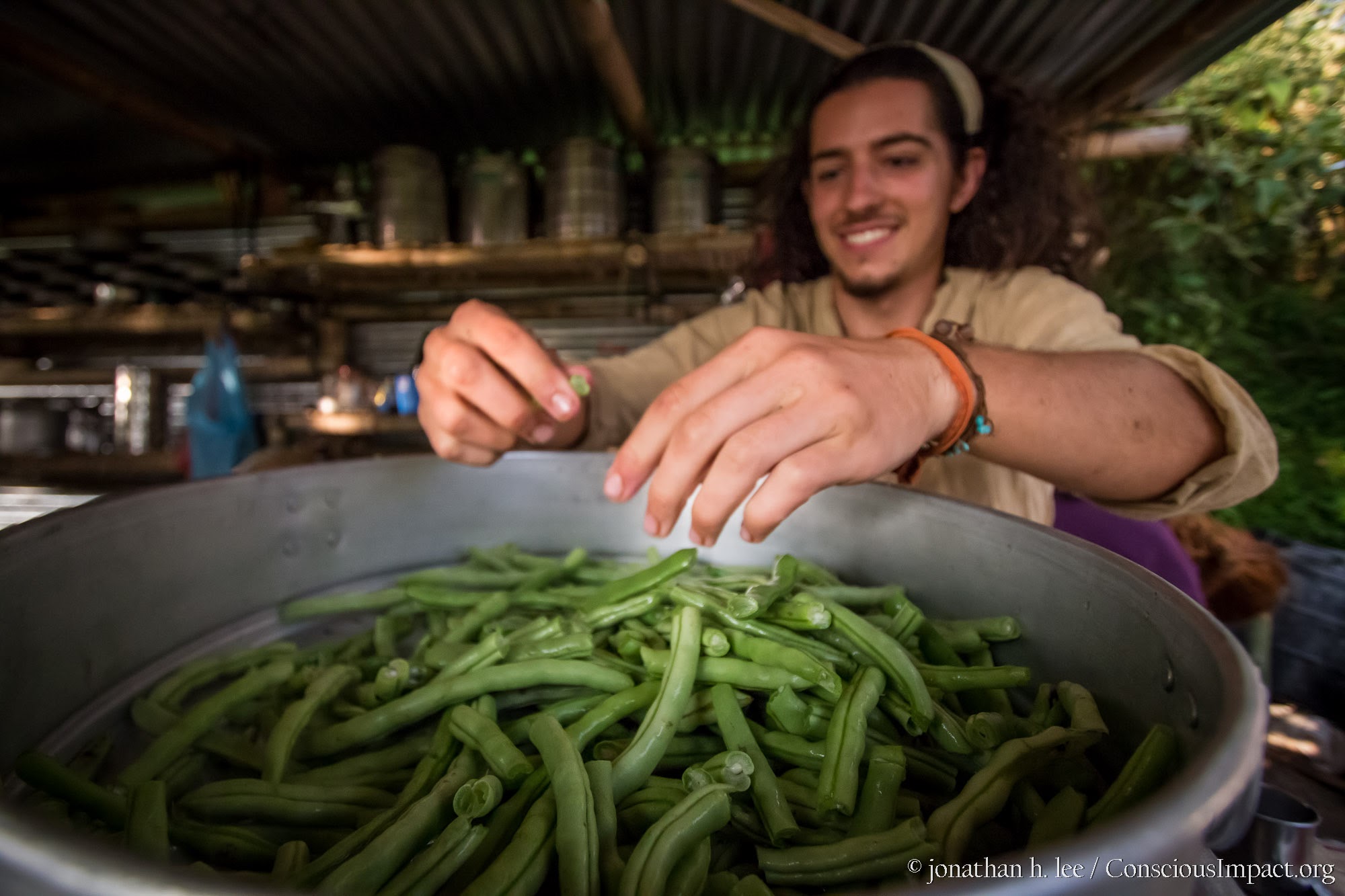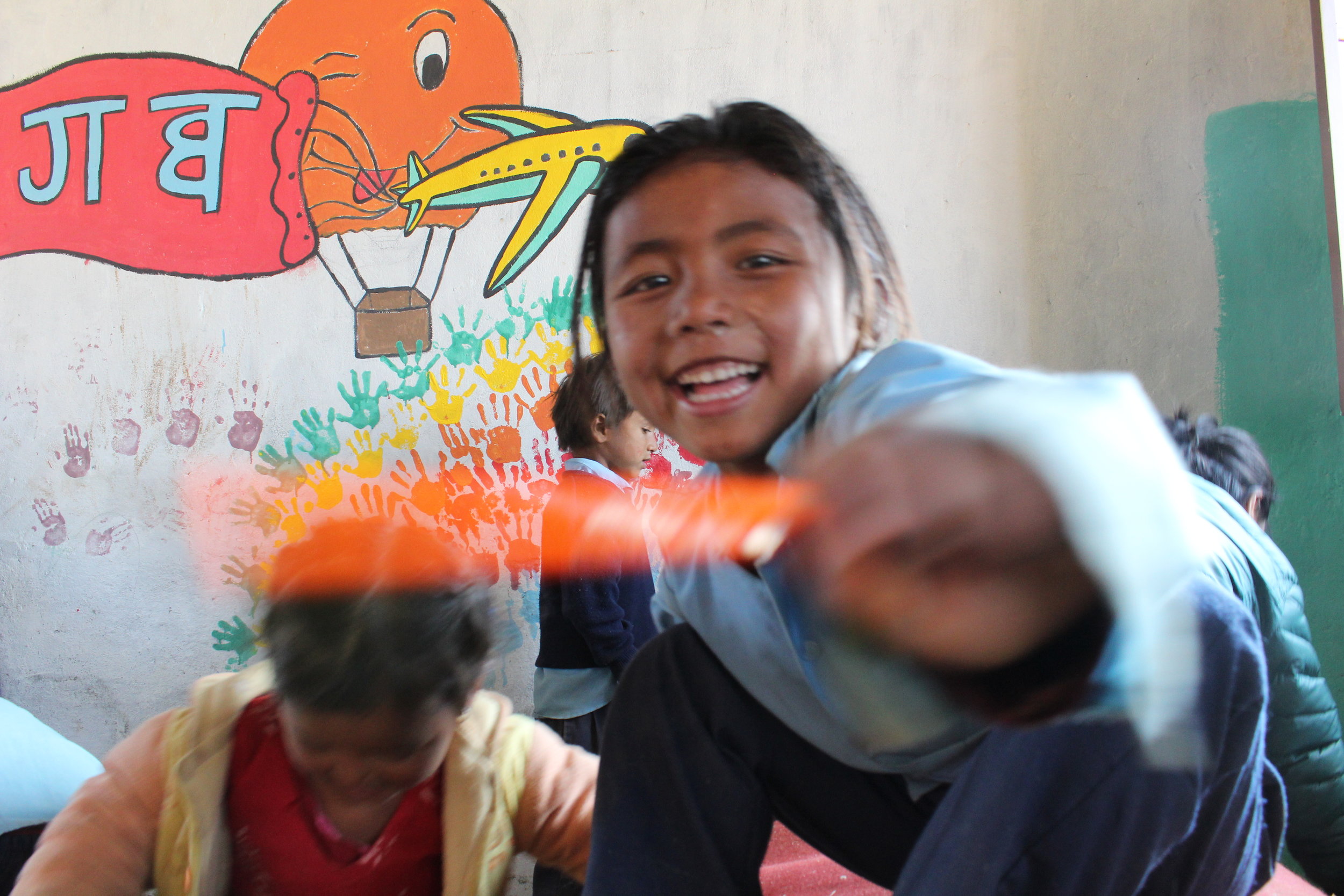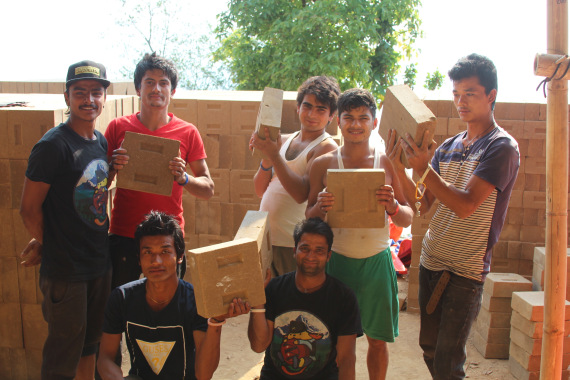With 7% ($210) of our funding left to raise after closing our Generosity page, we decided to throw a party.
Overview
We charged $5 for admission at the door, which got attendees access to a keg, some pretzels and chips, and performances by 5 musical acts. If they were not into drinking beer (or at least, the beer provided), they could buy mixed drinks at a staffed bar for $3/ea. If they were feeling like they wanted something more substantial than chips or pretzels to fill their stomachs, we offered bowls of dhal bhat, served at the bar for $1/ea (Dhallar Deals!!!).
We raised $1,074.04!
Party Planning
We had 8 friends that volunteered to work shifts to create the party. One of them was the dedicated ‘sound guy’ for the night, helping bands/solo acts setup and teardown. He also managed the mixer and made sure the sonic waves kept bumping their bump. The other 7 rotated through one hour-long shifts at the door (taking money for admission) or at the bar (mixing drinks). We had a schedule of everyone’s shifts made a day in advance and made sure everyone received an electronic copy.
The PA system was donated for use by one of Dillon’s coworkers. All of the musicians were willing to play for free. We happen to utilize enough ‘cool’/groovy lighting in our household (color-changing LED bulbs, laser-like projectors, etc.) that we did not need to hire anyone from the outside to take care of lighting (although we did have a visual artist/audio engineer offer to take part in any future events that we throw for free).
Our goal was the cover the cost of the party through admissions alone (this gave us an estimated attendance goal). We made a point to reach out to people individually to find out if they were coming, and to let them know to invite all of their friends. We made sure to let people know about the event during the weeks leading up to it whenever we were at other parties/bars.
We made sure to let all of our neighbors know what was going on, and gave them our contact info in case they needed to reach us.
Facebook event
*Special note: We had a friend’s parent agree to match all of the contributions given that night, effectively doubling the impact of every dollar earned.
Turnout
About 60-70 people showed up. Fun was had. Musics were played. Bodies danced. We tapped out the keg much faster than anticipated, and ended up having to make a run to the grocery store to get more beer mid-party. All of the dhal bhat was eaten, and almost of the liquor was consumed by the end of the night.









































































































